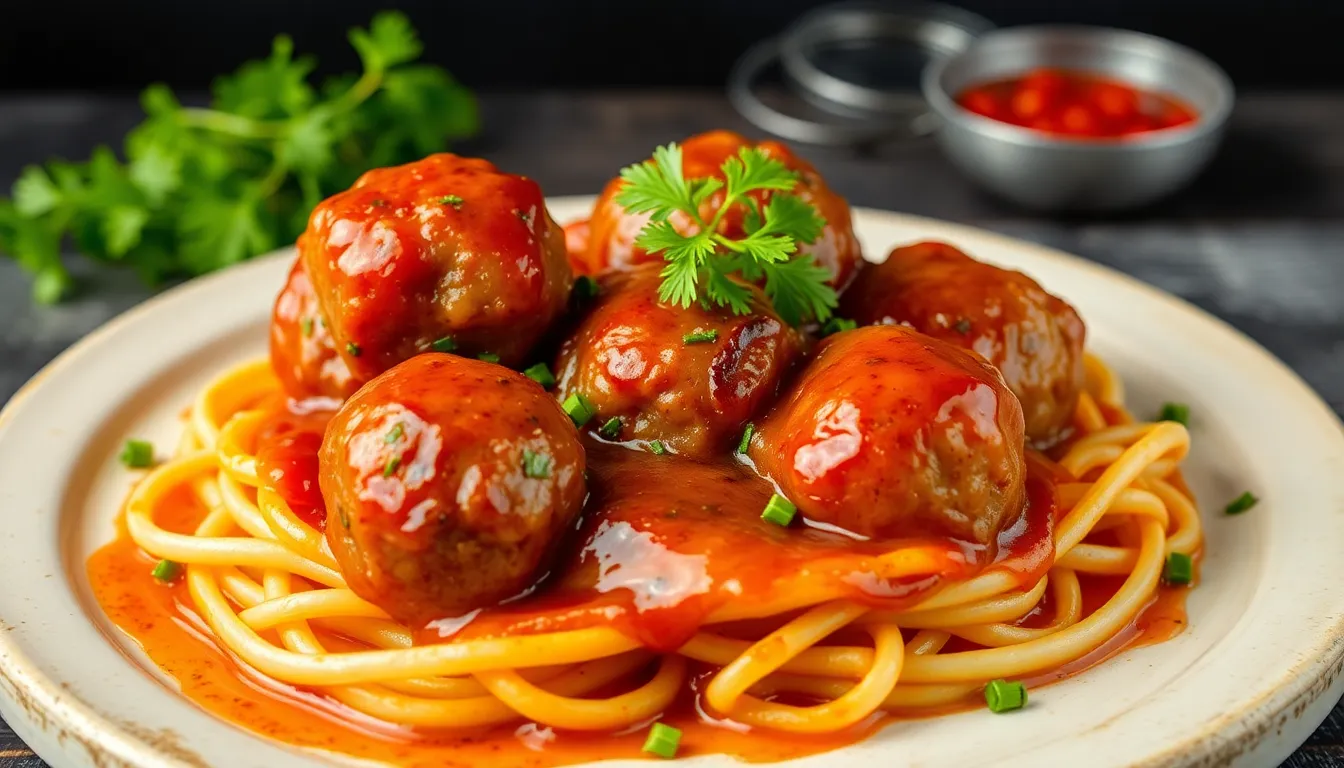Fruits and Spices: Elevate Your Cooking with Flavor Pairings
Introduction
In the world of cooking, flavor is paramount. The right combination of ingredients can transform a simple dish into a culinary masterpiece. One of the most exciting ways to enhance your cooking is by experimenting with flavor pairings, particularly those that involve fruits and spices. These two components can work in harmony to create a depth of flavor that tantalizes the taste buds and elevates your meals.
This article aims to provide insights into how fruits and spices can enhance your dishes, inspire creativity in your kitchen, and encourage you to explore new flavor combinations that you may not have considered before. Whether you’re a seasoned cook or just starting on your culinary journey, this guide will help you discover the art of flavor pairing.
Section 1: Understanding Flavor Profiles
1.1 What Are Flavor Profiles?
Flavor profiles are the characteristics that define how food tastes. Understanding these profiles is crucial for any cook, as it allows for the creation of balanced and harmonious dishes. The primary flavor profiles include:
- Sweet: Sugary flavors often found in fruits, honey, and some vegetables.
- Sour: Tangy notes from citrus fruits, vinegar, and fermented foods.
- Salty: The taste that enhances flavors, commonly associated with salt and certain meats.
- Bitter: A sharp taste found in coffee, dark chocolate, and some greens.
- Umami: The savory flavor often associated with meats, mushrooms, and aged cheeses.
1.2 The Role of Fruits and Spices in Flavor Profiles
Fruits and spices each play a unique role in shaping flavor profiles. Fruits contribute natural sweetness, acidity, and freshness to dishes, making them versatile ingredients. On the other hand, spices bring warmth, depth, and complexity, enhancing the overall flavor experience. By understanding how these two elements interact, you can create vibrant and exciting dishes that captivate the palate.
Section 2: Popular Fruits and Their Flavor Pairings
2.1 Citrus Fruits
Citrus fruits like lemons, limes, and oranges are known for their bright flavors and are essential in both savory and sweet dishes. Below are some suggested spice pairings:
| Fruit | Spice Pairing | Flavor Note |
|---|---|---|
| Lemon | Cumin | Adds earthiness to brightness |
| Lime | Cilantro | Complements freshness |
| Orange | Cinnamon | Warms and balances sweetness |
2.2 Berries
Berries, such as strawberries, blueberries, and raspberries, offer a delightful sweetness and acidity, making them ideal for both desserts and savory dishes. Here are some recommended spice pairings:
- Cardamom
- Basil
- Black pepper
2.3 Stone Fruits
Stone fruits like peaches, plums, and cherries are juicy and fragrant, perfect for adding a luscious quality to dishes. Pair these fruits with:
- Ginger
- Rosemary
- Nutmeg
2.4 Tropical Fruits
Tropical fruits, such as mango, pineapple, and coconut, can transport your dishes to exotic realms. For these fruits, consider combining them with:
- Chili powder
- Turmeric
- Allspice
Section 3: Creative Uses of Fruits and Spices in Cooking
3.1 Savory Dishes
Incorporating fruits and spices into savory dishes can elevate your meals to new heights. Here are some ideas:
- Add diced mango and chili powder to a fresh salsa.
- Incorporate roasted peaches with rosemary into a pork tenderloin marinade.
- Mix blueberries with balsamic vinegar and black pepper for a unique salad dressing.
Example Recipe: Spiced Citrus Chicken
Marinate chicken thighs in a mixture of lime juice, cumin, and garlic, then grill until perfectly charred. Serve with a side of citrus quinoa salad for a refreshing meal.
3.2 Sweet Dishes
Fruits and spices also shine in desserts. Here are some suggestions for sweet treats:
- Incorporate cardamom into strawberry shortcake for an aromatic twist.
- Add ginger to peach cobbler for a warm, spicy kick.
- Use cinnamon and vanilla with blueberries in a tart for a classic combination.
Example Recipe: Mango Coconut Chia Pudding
Combine coconut milk, chia seeds, and a splash of vanilla. Top with fresh mango and a sprinkle of chili powder for a delightful dessert that’s both creamy and refreshing.
Section 4: Tips for Experimenting with Flavor Pairings
4.1 Start Small
If you’re new to flavor pairing, begin by experimenting with one fruit and one spice at a time. For example, try adding a pinch of black pepper to a bowl of sliced strawberries to see how the flavors interact. This simple step can open up a world of possibilities in your cooking.
4.2 Keep a Flavor Journal
Document your successful pairings in a flavor journal. Write down the fruits and spices you’ve used, along with the dishes you’ve created. This will help you remember what worked well and inspire you to create even more unique combinations in the future.
4.3 Tasting and Adjusting
Don’t forget the importance of tasting throughout the cooking process. Adjust flavors as needed, adding spices in small increments to ensure you achieve the desired balance. This technique will help you develop a keen sense of flavor and improve your cooking skills over time.
Conclusion
Using fruits and spices in your cooking can significantly enhance the flavors of your dishes. By understanding flavor profiles and experimenting with different combinations, you can elevate your culinary creations and surprise your taste buds. We encourage you to step outside your comfort zone and try new pairings, documenting your favorites along the way.
We’d love to hear from you! Share your favorite fruit and spice pairings or recipes in the comments below. Happy cooking!
Additional Resources




